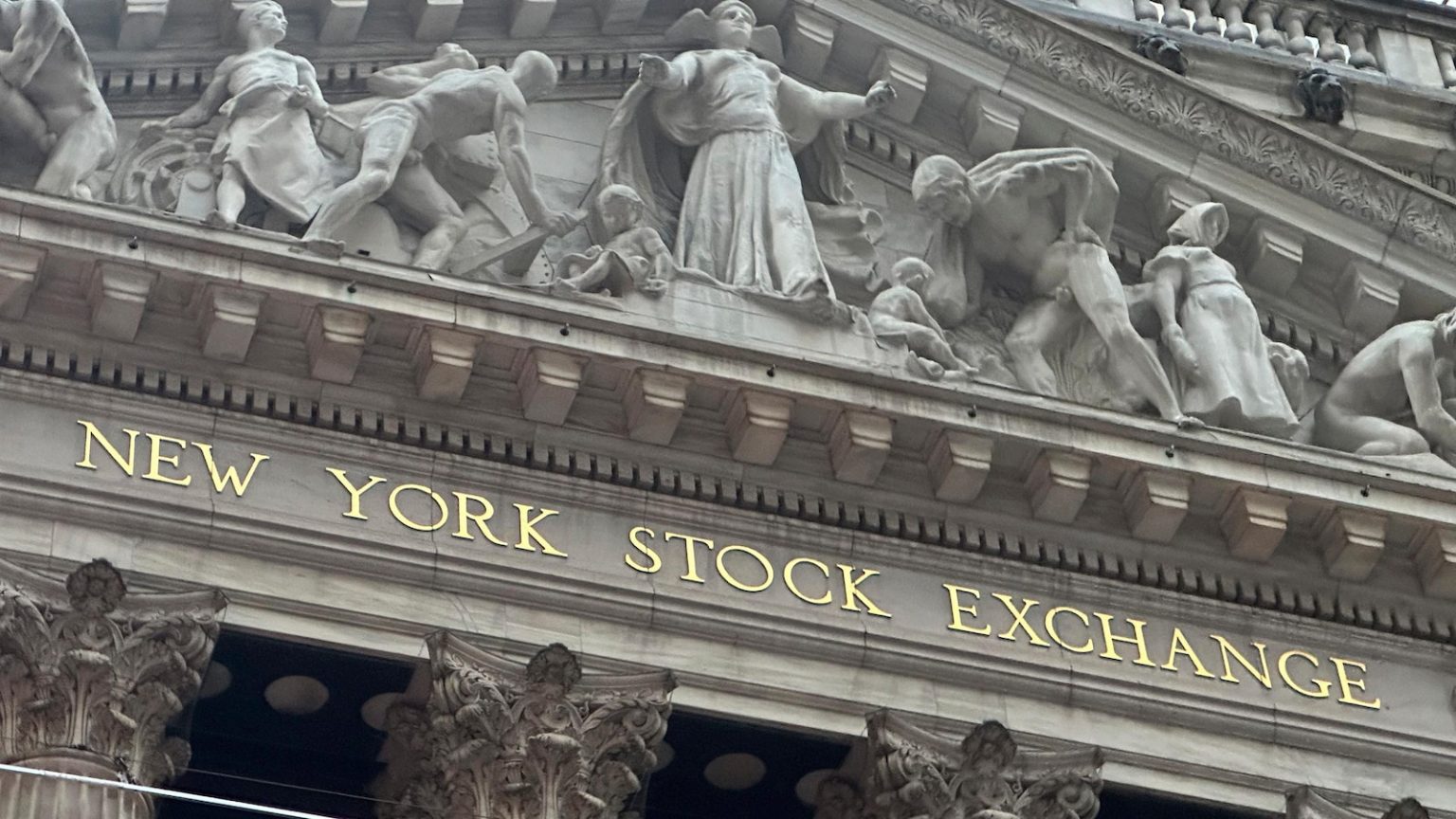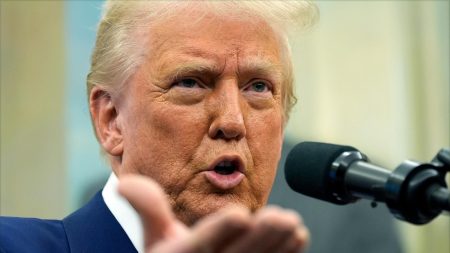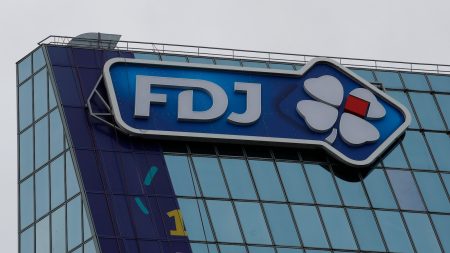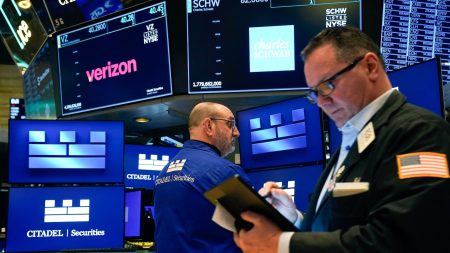Asian Markets Show Strong Performance as China’s Tech Stocks Rally
The Asian stock markets experienced a largely positive trend on Tuesday, with Chinese technology stocks leading the charge after a significant show of support from Chinese President Xi Jinping. This surge in tech stocks comes on the heels of a meeting between President Xi and several prominent tech entrepreneurs, signaling a potential shift in the government’s approach to the tech industry. The Hong Kong Hang Seng Index rose by 1.64% to close at 22,986.88, while the Shanghai Composite Index saw a more modest gain of 0.15% to 3,360.95. Japan’s Nikkei 225 also performed well, climbing 0.39% to 39,296.11, buoyed by stronger-than-expected economic growth in the fourth quarter. However, not all regional markets shared in the optimism, as Australia’s S&P/ASX 200 slipped 0.53% to 8,491.70. In contrast, South Korea’s Kospi managed a 0.43% increase, closing at 2,621.73.
China’s Tech Sector Sees Renewed Optimism After Presidential Meeting
China’s technology stocks were the standout performers on Tuesday, with major players like Alibaba, Xiaomi, Tencent, and Meituan experiencing significant gains. Alibaba and Xiaomi saw their stock prices surge by over 4%, while Tencent and Meituan also posted impressive increases. This rally follows a high-profile meeting between Chinese President Xi Jinping and several tech industry leaders, including Alibaba founder Jack Ma. The meeting has been interpreted as a strategic move by Beijing to stabilize the tech sector, which has faced intense regulatory scrutiny and crackdowns in recent years. Analysts view this as a crucial signal of support from the government, potentially indicating a shift toward a more favorable policy environment for tech companies.
Broader Economic Trends Influence Market Sentiment
The performance of Asian markets is also being shaped by broader economic trends and geopolitical factors. A report by BofA Securities highlights several key drivers for the Chinese stock market, including the relatively stable U.S.-China relationship and the emergence of DeepSeek as a major competitor to U.S. artificial intelligence models. However, the looming threat of tariffs imposed by former President Donald Trump continues to cast a shadow over global trade. While Trump’s recent tariff announcement is not expected to take full effect immediately, it has raised concerns about potential disruptions to international trade. Despite these worries, analysts believe there is still room for negotiation, and hopes persist that a full-blown trade war can be avoided.
Energy and Currency Markets Reflect Global Economic Uncertainty
In addition to the movements in stock markets, energy and currency markets also provided insights into the global economic landscape. Benchmark U.S. crude oil rose by 54 cents to $71.25 per barrel, while Brent crude, the international standard, saw a more modest increase of two cents to $75.24 per barrel. In currency trading, the U.S. dollar strengthened against the Japanese yen, rising to 151.91 yen from 151.51 yen. The euro, on the other hand, experienced a slight decline, falling to $1.0465 from $1.0484. These movements reflect the ongoing volatility and uncertainty in global markets, as investors closely monitor developments in trade relations, energy prices, and central bank policies.
What’s Next for Asian and Global Markets?
As the markets look ahead, all eyes are on whether the current bull run in Chinese and Hong Kong stocks can be sustained. Chinese stocks have outperformed other major markets, including those in Japan, the U.S., and India, so far this year. However, the path forward is likely to be shaped by a variety of factors, including the evolving U.S.-China relationship, the potential for further regulatory changes in China, and the impact of global economic trends. Analysts are also watching to see whether the recent meeting between President Xi and tech leaders signals a more permanent shift in policy or if it is merely a short-term confidence-building measure.
Conclusion: A Complex but Optimistic Outlook
In conclusion, the Asian markets, particularly those in Hong Kong and mainland China, are currently experiencing a period of heightened activity and optimism, driven in large part by developments in the tech sector. While there are certainly challenges on the horizon, including the potential for trade disruptions and ongoing regulatory uncertainties, the signals coming from Beijing suggest a renewed focus on supporting the tech industry. This, combined with the relative stability in U.S.-China relations and the emergence of new competitors in key sectors, paints a complex but ultimately optimistic picture for investors. As the markets continue to evolve, it will be important to closely monitor these trends and their potential implications for both regional and global economic landscapes.















